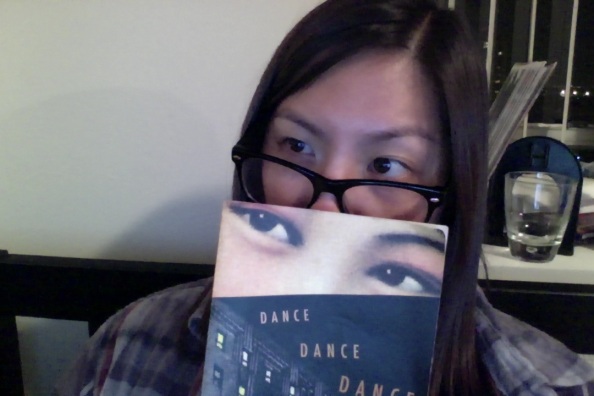I started working on what I thought was going to be a simple blog post on aesthetic cognition (okay, now that I look at that I’m realizing that the belief I could write a simple post on cognition is kind of baffling) but it turned into a strangely long-winded treatise on why we need art programs in public schools so I’m going to actually have to put some more time into writing it, meaning it’s still unfit to post tonight.
In the meantime, I noticed that this Murakami book I’ve been meaning to read was looking at me funny. It was literally giving me the side-eye. I suppose this means I should read it before its sheer animosity gets out of hand.
 I…probably should stop blogging at night.
I…probably should stop blogging at night.
Anyway, have an outtake from Social Empowerment: Why Art Needs to Stay in School. It’s spoiler-free because this is from the cognition bit that the education bit sprang out of.
We think of color as solely within the domain of the visual arts, but music has it too, just in a figurative way. The timbre, or tone color, of sound is the third dimension of music (dimensions one and two being pitch and rhythm respectively). Instruments have different colors: that’s why a violin doesn’t sound like a saxophone. And the whole argument for being able to learn perfect pitch, which is commonly held to be either something that you’re born with or you’re not, is that individual notes have their own color as well. Not only that, but many times if you ask people to describe the quality of a note they will describe it in a similar manner. It’s part of our shared musical experience.
And then there are people who can play colors, but I’m not even really going to go there because it’s ridiculous and they make the rest of us look bad. One of the people I know who’s good at this is synesthetic, so that’s basically cheating, and the other one compensates by having no sense of rhythm. So I wonder if, in a weird, brain-wires-crossing sort of way, her music is more visual than it is musical: it has color and it lacks a sense of time.
How did I get social empowerment out of that? Your guess is as good as mine.